Oman Air (WY, Muscat) and SalamAir (OV, Muscat) have signed a memorandum of understanding (MOU) “to enhance various aspects of cooperation and develop and implement a joint commercial strategy in the field of air transport”, according to the government’s official news outlet the Oman News Agency.
The rival carriers agreed to explore ways to coordinate their networks to create greater operational efficiency and to work on areas such as destination planning, schedules, fleet and inventory management, and managing revenue and sales.
The development came just days after Oman Air revealed that it would be working with consultants at Oliver Wyman on implementing four years of “comprehensive restructuring” in which coordinating networks with SalamAir “will be considered”.
The MOU between the state-owned flag carrier and its privately-owned low-cost competitor was inked by their chief executives, newly appointed Oman Air acting CEO Nasser al Salmi and SalamAir CEO Mohammed Ahmed.
Oman’s transport minister, Saeed bin Hamoud al Maawali, had previously announced as chairman of the board at Oman Air the airline’s restructuring. He now told reporters at a press conference that “the MoU will secure the complementary role of the two companies in making Muscat Airport more attractive through the integration of operations aimed at increasing the number of destinations reached,” the Oman News Agency reported.
Working together will increase the two airlines’ market share to and from Oman, he added. He also acknowledged that the MOU is the first step in Oman Air’s recovery plan.
SalamAir chairman Anwar Mohammed al Rawas said the collaboration would “improve passenger services and avoid unfavourable competition and losses.” He added that although SalamAir has a strategic plan for expansion, the company is now in the process of re-drafting following this agreement with Oman Air which gives the two carriers more room to collaborate.
According to ch-aviation Commercial Aviation Aircraft Data data, Oman Air operates a mixed fleet of Airbus and Boeing jets including four A330-200s, six A330-300s, thirteen B737-8s (with five more on order), nine B737-800s, five B737-900ERs, two B787-8s, and seven B787-9s (with nine more on order). It flies to 42 destinations across the Middle East, Africa, Europe, Russia, and South and Southeast Asia, the ch-aviation Commercial Aviation Operator Capacity Data module shows.
The Omani newspaper Al-Risala reported on August 10 that Oman Air was in the process of downsizing its fleet during 2023, from 52 aircraft at the start of the year to 45, a move that comes in line with its structural plan including cutting operating costs.
SalamAir operates an Airbus-only fleet of six A320-200Ns, four A321-200Ns, two A321-200NX(LR)s, and a single A321-200(P2F) freighter, although it also has an order for six E195-E2s. It flies to 47 destinations also in the above areas minus Russia, while routes in Africa are cargo-only.
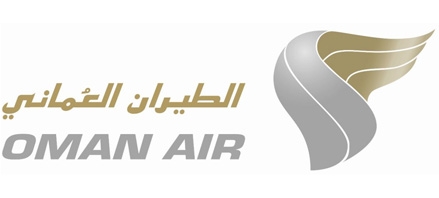
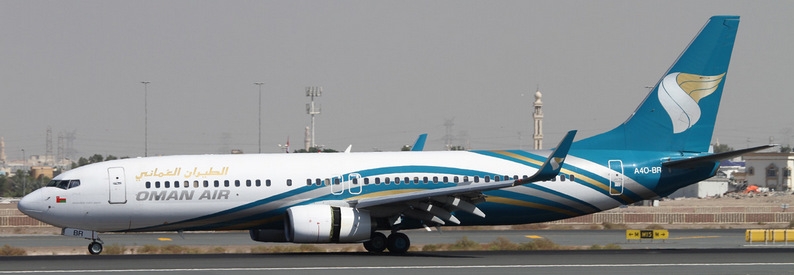
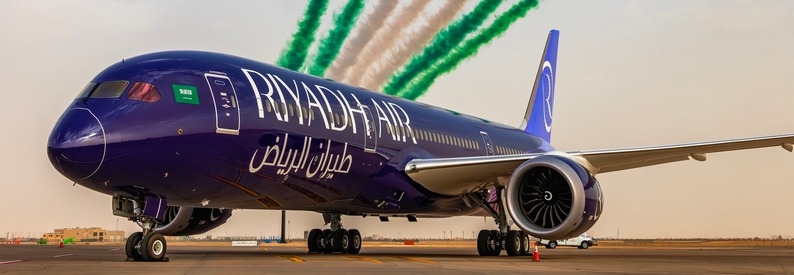
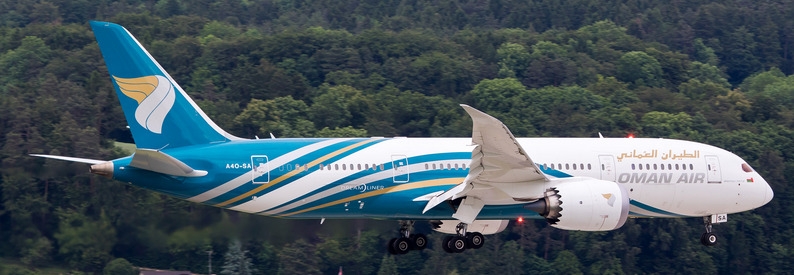
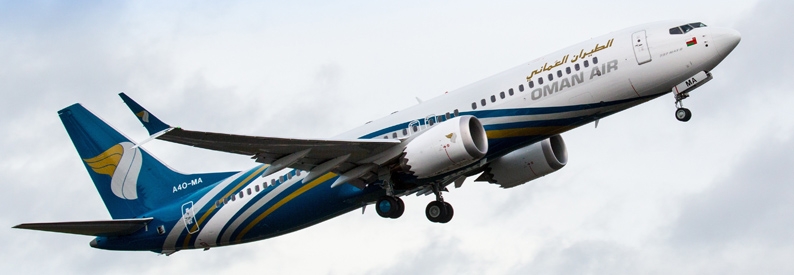
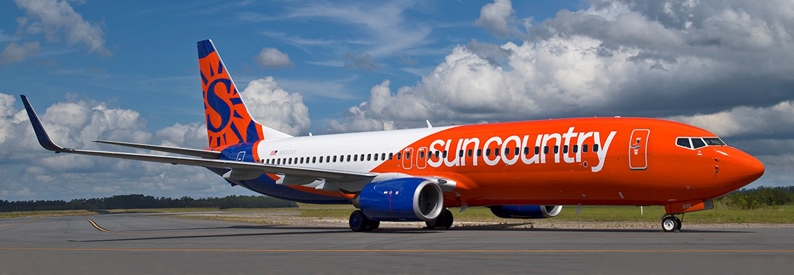
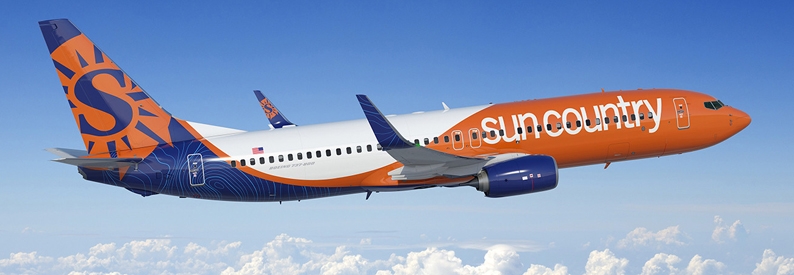
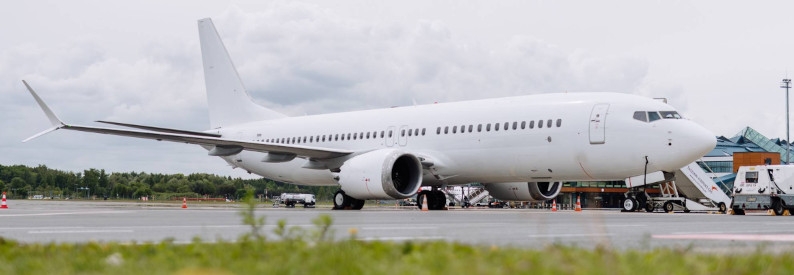
Editorial Comment: Added paragraph on Al-Risala report - 14Aug2023 - 09:42 UTC